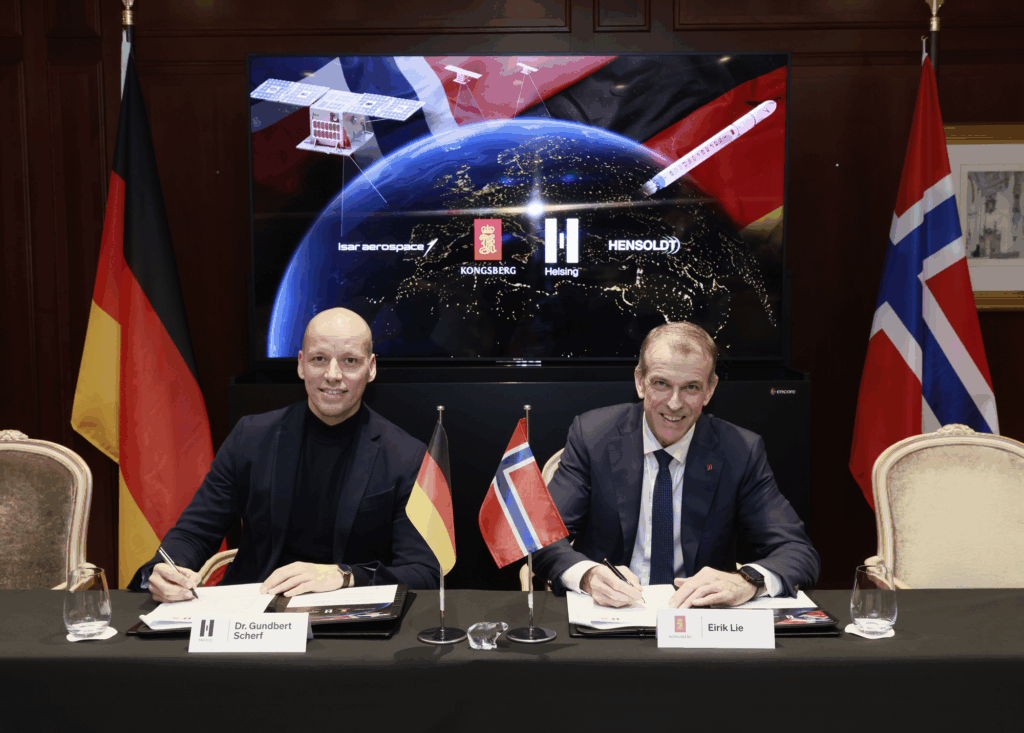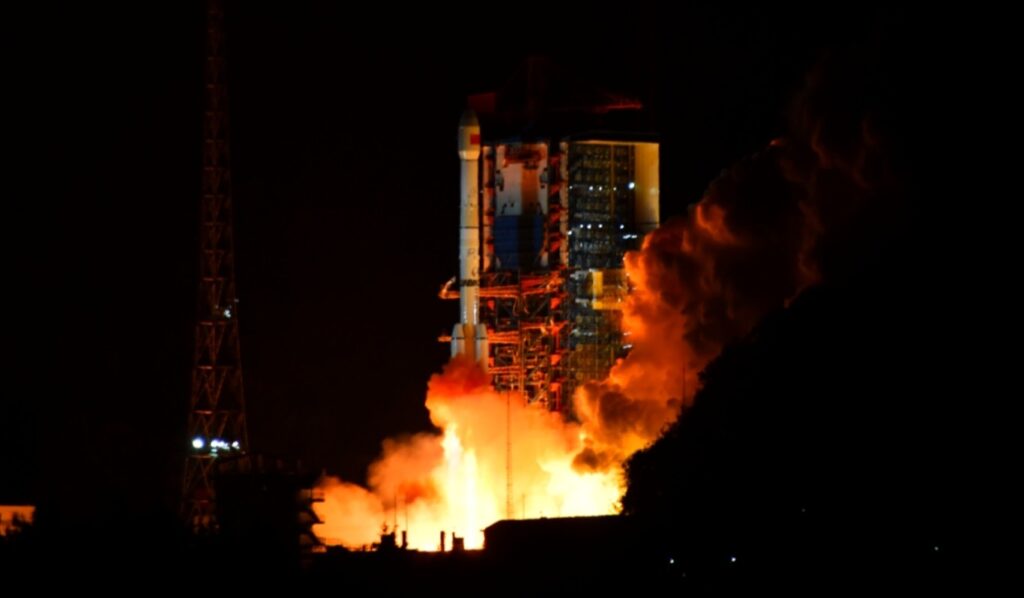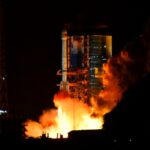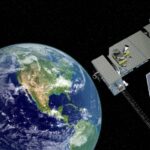Now Reading: Airspace closure suggests China is preparing for a Shenzhou landing after debris impact scare
-
01
Airspace closure suggests China is preparing for a Shenzhou landing after debris impact scare
Airspace closure suggests China is preparing for a Shenzhou landing after debris impact scare
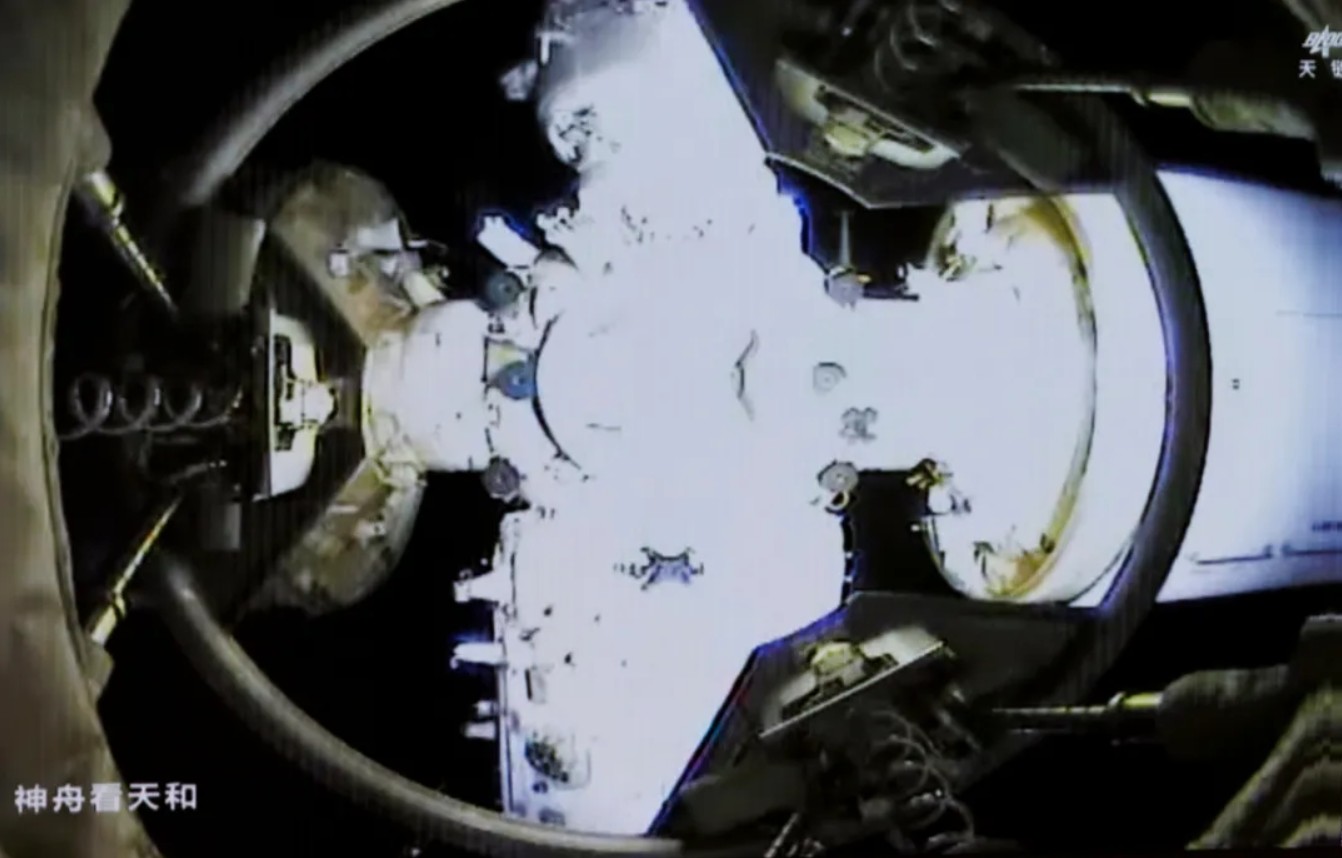

HELSINKI — China appears to be preparing for reentry and landing of a spacecraft, issuing an airspace closure notice days after a suspected debris strike forced a postponement of the planned return of the Shenzhou-20 crew.
China has issued a temporary airspace restriction over Inner Mongolia for 3:20 to 3:50 a.m. Eastern (0820-0850 UTC, or 4:20-4:50 p.m. Beijing time) Nov. 14, according to a Notice to Airmen (NOTAM) published by the Hohhot Flight Information Region under the Civil Aviation Administration of China (CAAC).
The airspace closure notice matches an area covering the Dongfeng landing site, an area in Inner Mongolia roughly 60 to 90 kilometers to the east-southeast of the Jiuquan Satellite Launch Center, which has been used for all Shenzhou crewed spacecraft returns since 2021.
The China Manned Space Engineering Office (CMSEO), the country’s human spaceflight agency, has not made an official announcement on the timing or method of the return of the Shenzhou-20 crew, but the 30-minute window indicates the return of the Shenzhou-20 is possible on Friday.
CMSEO announced the postponement of the planned return to Earth of the Shenzhou-20 crew Nov. 5, just hours before the three astronauts were due to undock from the Tiangong space station and prepare for reentry. The agency stated that the Shenzhou-20 crewed spacecraft was suspected of being struck by a small piece of space debris, and impact analysis and risk assessment are underway.
A Nov. 11 update stated that mission teams had activated contingency procedures and were conducting simulations, system testing and safety evaluations related to the return module. It added that recovery teams at the Dongfeng landing site were carrying out integrated rehearsals. It did not state that a return was imminent, however, and did not outline contingency plans.
The NOTAM does not confirm the imminent return of Shenzhou-20. It is also unknown at this point if the crew would be aboard the Shenzhou-20 spacecraft if it does land. Another possibility would be the Shenzhou-20 crew using the Shenzhou-21 spacecraft to return to Earth. That, however, seems unlikely, with no confirmed move to prepare the waiting Shenzhou-22 spacecraft and its Long March 2F, which would likely need to be sent to Tiangong to provide a lifeboat option for the Shenzhou-21 crew.
The Shenzhou-20 crew are commander Chen Dong and crewmates Chen Zhongrui and Wang Jie. They have been aboard the Tiangong space station since arriving April 24 this year, and handed over control of the station to the newly-arrived Shenzhou-21 crew Nov. 4, ahead of their planned departure. The trio have now been in orbit for more than 200 days—longer than any previous Chinese crew.
Chen is commanding his second mission to Tiangong, following the 2022 Shenzhou-14 mission, which saw the addition of Tiangong’s two experiment modules, Wentian and Mengtian, to the Tianhe core module. Chen Zhongrui is a former air force pilot, and Wang Jie is an engineer with state-owned space contractor CASC. The mission is the first visit to space for both, having been selected for China’s third batch of astronauts back in 2020.
Tiangong has routinely hosted crews of three astronauts for stays of around six months, and hosts six astronauts for a few days during handovers between incoming and outgoing crews.
The extended stay of the Shenzhou-20 would slowly deplete essential consumables including water, oxygen and food at a much greater rate, while also putting greater strain on recycling systems and carbon dioxide scrubbers. This should, however, be sustainable, with Tiangong featuring closed-loop systems for recycling water and oxygen. China launches Tianzhou cargo spacecraft to Tiangong roughly every eight months to deliver astronaut supplies, experiments and propellant. The latest such spacecraft, Tianzhou-9, arrived at Tiangong in mid-July, meaning the station remains well supplied.
A potential return Friday of the Shenzhou-20 spacecraft will likely be closely followed. CMSEO says it has followed a “life first, safety first” approach, with its Nov. 11 update stating that preparations were proceeding in an orderly manner.
China has launched 16 crewed missions to low Earth orbit, starting with Shenzhou-5 in 2003. The Shenzhou-20 mission is the first to suffer a major delay to its return to Earth. China has human spaceflight ambitions beyond low Earth orbit and aims to put a pair of astronauts on the moon by 2030.
Stay Informed With the Latest & Most Important News
Previous Post
Next Post
-
 012024 in Review: Highlights from NASA in Silicon Valley
012024 in Review: Highlights from NASA in Silicon Valley -
 02Panasonic Leica Summilux DG 15mm f/1.7 ASPH review
02Panasonic Leica Summilux DG 15mm f/1.7 ASPH review -
 03How New NASA, India Earth Satellite NISAR Will See Earth
03How New NASA, India Earth Satellite NISAR Will See Earth -
 04From Polymerization-Enabled Folding and Assembly to Chemical Evolution: Key Processes for Emergence of Functional Polymers in the Origin of Life
04From Polymerization-Enabled Folding and Assembly to Chemical Evolution: Key Processes for Emergence of Functional Polymers in the Origin of Life -
 05And Thus Begins A New Year For Life On Earth
05And Thus Begins A New Year For Life On Earth -
 06Astronomy Activation Ambassadors: A New Era
06Astronomy Activation Ambassadors: A New Era -
07SpaceX launch surge helps set new global launch record in 2024













